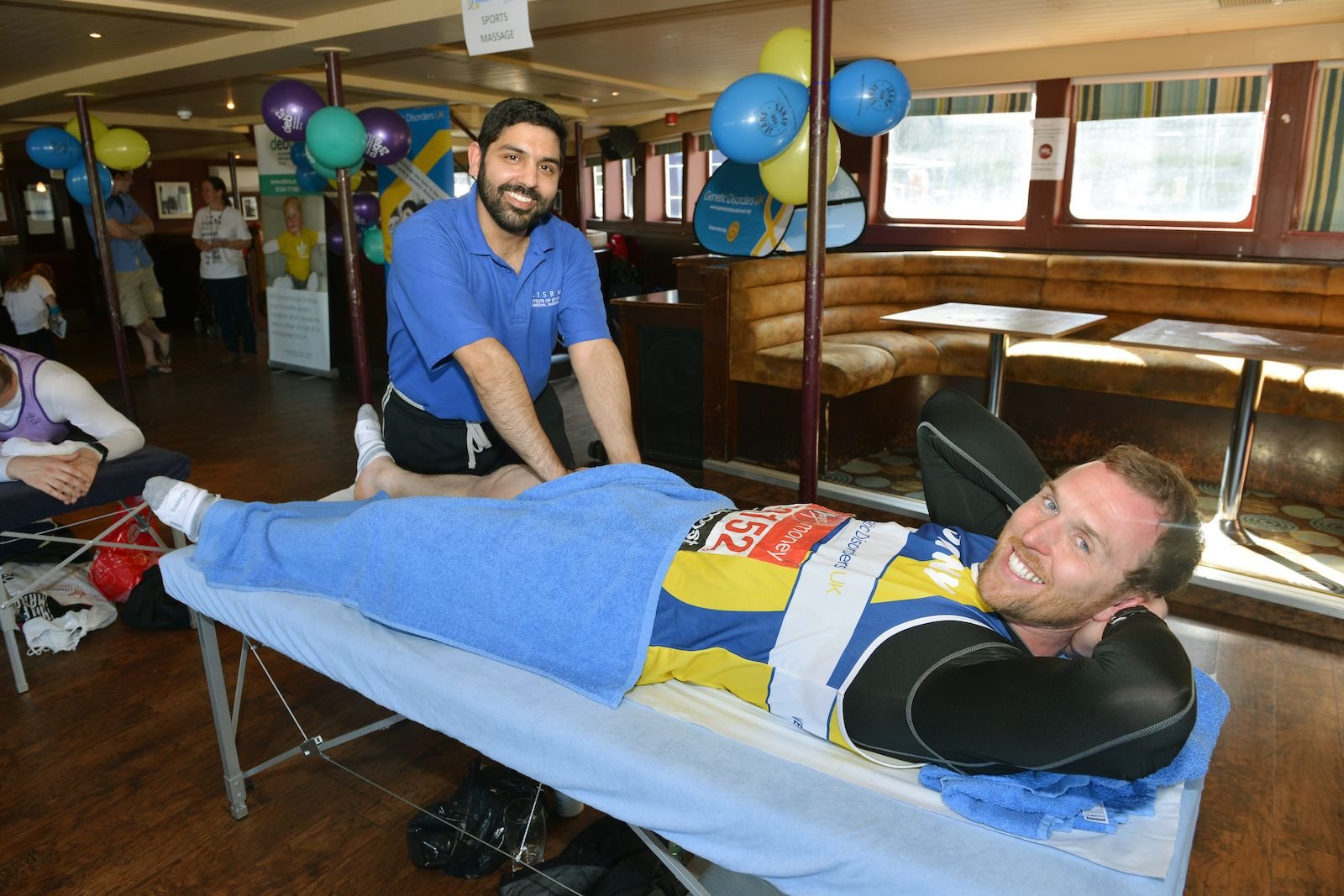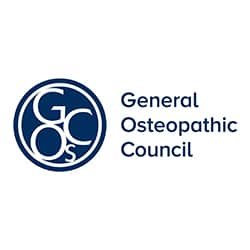Registered Osteopath
& Soft Tissue Therapist
Hello my name is Ravi Madan.
I have a varied career background starting my working life as an electronics technician, which I did for many years before re-training as a Police Officer. Whilst working for the police I unfortunately injured my back which led me to seek help in the form of various manual therapy treatments including Physiotherapy, then Chiropractic treatment and then Osteopathic treatment …. it was Osteopathy which gave me the best results in helping me to return to better health and sparked my interest in anatomy and understanding how the body works.
A few years later, whilst still working for the police, I attended the London School of Sports Massage to complete a Level 5 diploma in Soft Tissue Therapy. After gaining my qualification and then having left the police, I started a 4yr Masters Degree in Osteopathy at the British School of Osteopathy – which having gained its own status as a University is now known as The University College of Osteopathy.
Although I’m not an active sportsman, I do like to keep myself fit by going to the gym and going out for long walks in the countryside. I have a good understanding of the mechanics of the body’s movement, and how structure and function can be influenced by osteopathic treatment.


In an increasingly hectic world, we often find ourselves being too busy working and looking after our loved ones to give a second thought to our own health and wellbeing. Niggles and twinges are usually ignored initially, as they are often viewed as a minor inconvenience and not significant enough to warrant further investigation or treatment. We tend to hope that the issue will resolve itself in time and that it will not affect our ability to function in our day to day lives.
This is sometimes the case and the pain or discomfort disappears. However, in many cases the level of discomfort is something that we accept and learn to live with. We need to remind ourselves that this is pain that could have quite easily been managed, treated or simply avoided in the first place. Not looking after yourself can result in the development of long-term conditions which can subsequently have a negative effect of your quality of life. So, if you really want to excel in your work and look after your loved ones, begin by looking after yourself today.
Look forward to seeing you soon,
regards,
Ravi
What’s the difference between Osteopathy, Physiotherapy and Chiropractic?

This is probably one of the most commonly asked questions in clinic. However before we look at the differences, let’s take a moment to look at the definitions for Osteopaths, Chiropractors and Physiotherapists as described by the National Council for Osteopathic Research. Accessed 26/01/2020
Definition of an Osteopath (General Osteopathic Council)
“Osteopathy is a system of diagnosis and treatment for a wide range of medical conditions. It works with the structure and function of the body and is based on the principle that the wellbeing of an individual depends on the skeleton, muscles, ligaments and connective tissues functioning smoothly together.”
Definition of a Chiropractor (General Chiropractic Council)
“Chiropractic is a primary healthcare profession that specialises in the diagnosis, treatment and overall management of conditions that are due to problems with the joints, ligaments, tendons and nerves, especially related to the spine.”
The difference between them
In my opinion, whilst there are many similarities there are also subtle differences between the three approaches.
Osteopaths look at the body as a whole and help improve its function by correcting the overall structure using a combination of techniques, exercise prescription and advice on lifestyle changes. As primary healthcare professionals, they have a broad base of training and as such are able to diagnose, treat and advise upon a wide range of conditions with treatment and management plans being given on an individual basis.
Chiropractors use more diagnostic procedures such as X-rays and tend to focus more on the alignment of the spine. They use adjustment techniques as the primary means to relieve pain by preventing any compromise of the nervous system. Due to this their appointment times tend to be generally shorter (in most cases) however they also tend to see patients more frequently.
Physiotherapists tend to put more emphasis on exercise-based management with less focus on hands-on treatment. Physiotherapy is the mainstream intervention within the NHS for musculoskeletal problems. Illnesses and conditions are often pre-diagnosed by the patients GP before then being referred on for physiotherapy. This of course can be quiet time consuming and somewhat impractical for people with busy schedules and complex lives. Physiotherapists traditionally treat locally in an anatomical context. This means, that if someone presented with knee pain for example, then that are would be the focus of treatment.
This is a broad description of all three professions and the way they work. However, at Gemini Osteopathy, I believe these skills should be interchangeable, with no emphasis placed upon any specific treatment method. Each patient will be assessed on an individual basis and receive a specific, unique treatment plan based on their needs.



